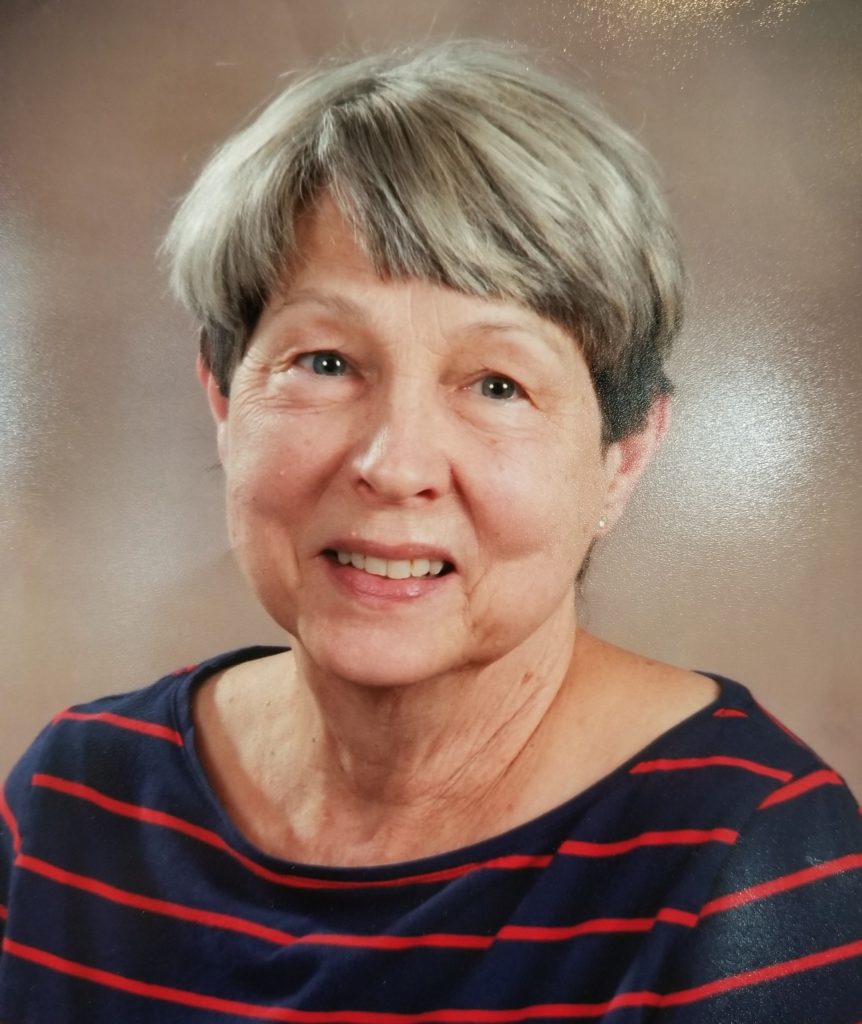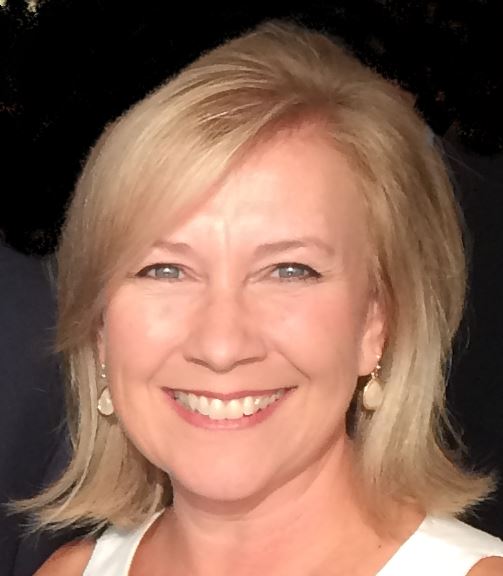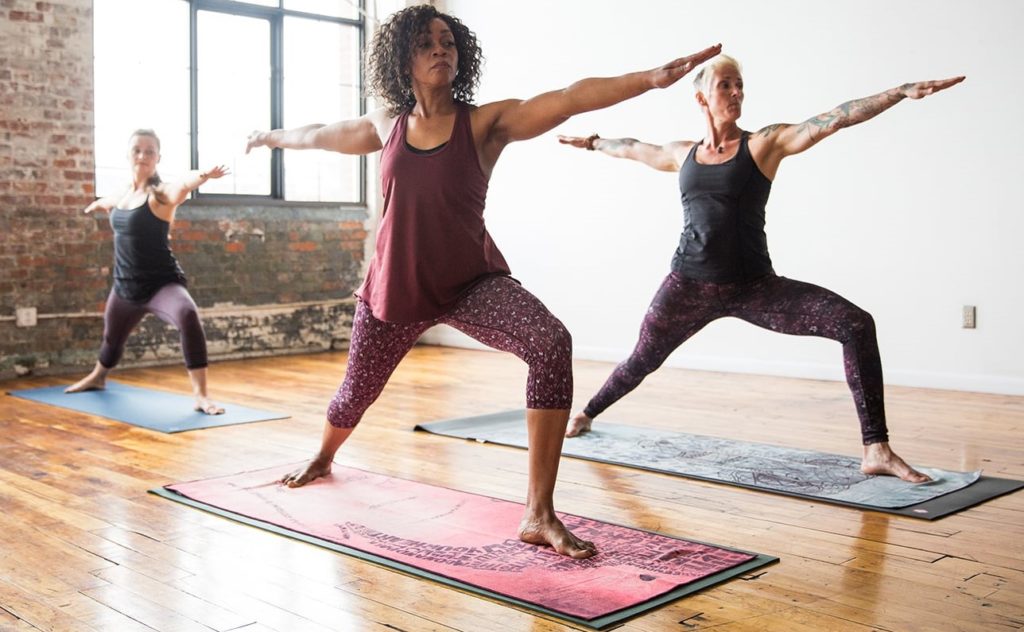Patient Perspective: Dianne

This past summer I was diagnosed with stage 2 invasive breast cancer. It was a shock to me and my family. But my two daughters and my husband were with me every step of the way – from deciding on a surgeon, lumpectomy surgery, and three weeks of radiation. I love to garden, and am busy with Master Gardener activities as well as my own garden. I also volunteer at Autrey Mill Nature Preserve and attend exercise classes at the YMCA. I did have to take a break for a while after surgery, but three months later I am back to all my activities. Besides my excellent doctors and supportive family and friends, TurningPoint has been a critical factor in my recovery. Not only were my two outstanding therapists instrumental in my physical healing, I realize now that going to TurningPoint was when my emotional healing began. I am deeply grateful for TurningPoint’s role in my journey back to health.
Evidence Update: Therapeutic horseback riding in breast cancer survivors

Breast cancer treatments often negatively impact upper extremity function and the overall perceived quality of an individual’s life. A 2014 pilot study published in the Journal of Alternative and Complimentary Medicine evaluated the physiologic and psychological effects of an equine-assisted therapy protocol in breast cancer survivors. This study consisted of 20 breast cancer survivors who participated in a 16-week equine assisted therapy protocol consisting of 2 hours/sessions of activity per week. All patients were tested before and after the intervention for maximal oxygen consumption, fat mass percentage, total body water percentage, strength of principal muscular groups and quality of life. The therapeutic riding setting included the patient, the horse and the therapist specialized in equestrian rehabilitation. Each riding session consisted of three phases: 1) warm up, horse caring, and grooming, 2) riding, 3) unsaddling and grooming activity. Sessions 1–3 were required to establish the human–horse relationship and to gain a deeper understanding of basic horse management and behavior. Sessions 4–8 provided patients with riding basic elements: mounting and dismounting; position and control on the horse with exercises that help participants to create balance and correct postural lines necessary for mounted work. Sessions 9–20 allowed patients to consolidate the acquired position ability and horse control at walk while sessions 21–32 were structured to improve the ability of autonomous horse management during higher level tasks and with the horse moving at a faster pace. After intervention, the intervention group showed an improvement in oxygen consumption, a decrease in fat mass percentage, and an increase in strength as well as an improved quality of life as measured by the FACIT-F. These results demonstrate the positive effects of equine assisted therapy on both physiological and psychological factors and suggest a new method for rehabilitation intervention strategies after cancer in a nonmedical environment. Cerulli, C., Minganti, C., Santis, C. D., Tranchita, E., Quaranta, F., & Parisi, A. (2014). Therapeutic Horseback Riding in Breast Cancer Survivors: A Pilot Study. The Journal of Alternative and Complementary Medicine, 20(8), 623–629. doi: 10.1089/acm.2014.0061 https://www.ncbi.nlm.nih.gov/pubmed/24963599
Patient Perspective: Marlene

I was shocked when I learned about my mammogram results and thought ‘why me?’ and ‘how do I tell my kids?’ My husband was so supportive and we were all scared. We took it one day at a time, because making all the treatment decisions was the hardest part of the cancer journey and I didn’t want to second guess myself. We had so many people praying and doing daily devotions and all the prayers were a huge help to me. Once I determined what was best for me, I prayed for peace and moved forward with each part of my treatment. After surgery, I had left arm and breast numbness which was a very odd feeling and physical therapy was recommended. My radiation did leave me fatigued and in time that got better. TurningPoint was so helpful to me in building my upper body strength, range of motion and helping with improving my arm numbness. I had heard about TurningPoint before, but my family and I had not fully appreciated the unique Physical Therapy model followed by TurningPoint until I was a patient. As I improved, I was able to do more overtime and get back to the things I liked to do. The model is so critical to a patient’s recovery and it was the best experience in all of the treatments I underwent. I’ve talked to many women with breast cancer and TurningPoint’s approach is not widely adopted in other areas of the country, which is so unfortunate for other patients. My personal mission is to help raise awareness of TurningPoint and support the organization and their patients as they move through their treatment journeys. My husband and I have been married for 24 years and we have a son in college who is 20 and a daughter who is 14 and in high school. I enjoy scrapbooking and playing golf. Prior to my diagnosis, I was in an executive marketing role at a health care company.
Evidence Update: Mat Based Exercises Improve Bone Density

Osteoporosis and osteopenia affect up to 35.5 million women in the United States, with numbers likely to grow with our aging population. Women who have had breast cancer treatment may be at increased risk for osteoporosis and fracture. Estrogen has a protective effect on bone, and reduced levels of the hormone trigger bone loss. Because of treatment medications or surgery, many breast cancer survivors experience a loss of ovarian function and, consequently, reduced estrogen levels. The benefits of engaging in weight bearing exercises on a mat (like yoga) include better posture, improved balance, enhanced coordination, greater range of motion, higher strength, reduced levels of anxiety, and better gait. Improved posture directly addresses spinal fractures, while all these documented benefits of yoga reduce the risk of falling, which is the main cause of all other osteoporotic fractures. A 2016 article published in the Topics in Geriatric Rehabilitation titled “Twelve- Minute Daily Yoga Regimen Reverses Osteoporotic Bone Loss” evaluated the effectiveness of selected yoga postures in raising bone mineral density (BMD). The study was conducted over a 10-year time frame and consisted of 741 internet-recruited volunteers comparing pre-yoga BMD changes with post-yoga BMD changes. Bone mineral density improved in spine, hips, and femur of the 227 moderately and fully compliant patients. Study participants completed a 12-minute DVD of 12 yoga poses that were designed to stimulate increased BMD in the lumbar vertebrae, the hip, and the femoral neck. Monthly gain in BMD was found to be significant in spine and femur, suggesting the 12 selected yoga poses studied here appear to be a safe and effective means to reverse bone loss in the spine and the femur. Lu, Y. H., Rosner, B., Chang, G., & Fishman, L. M. (2016). “Twelve-Minute Daily Yoga Regimen Reverses Osteoporotic Bone Loss.” Topics in geriatric rehabilitation, 32(2), 81–87. doi:10.1097/TGR.0000000000000085. For more information and to see the 12 Yoga poses: https://www.ncbi.nlm.nih.gov/pmc/articles/PMC4851231/










